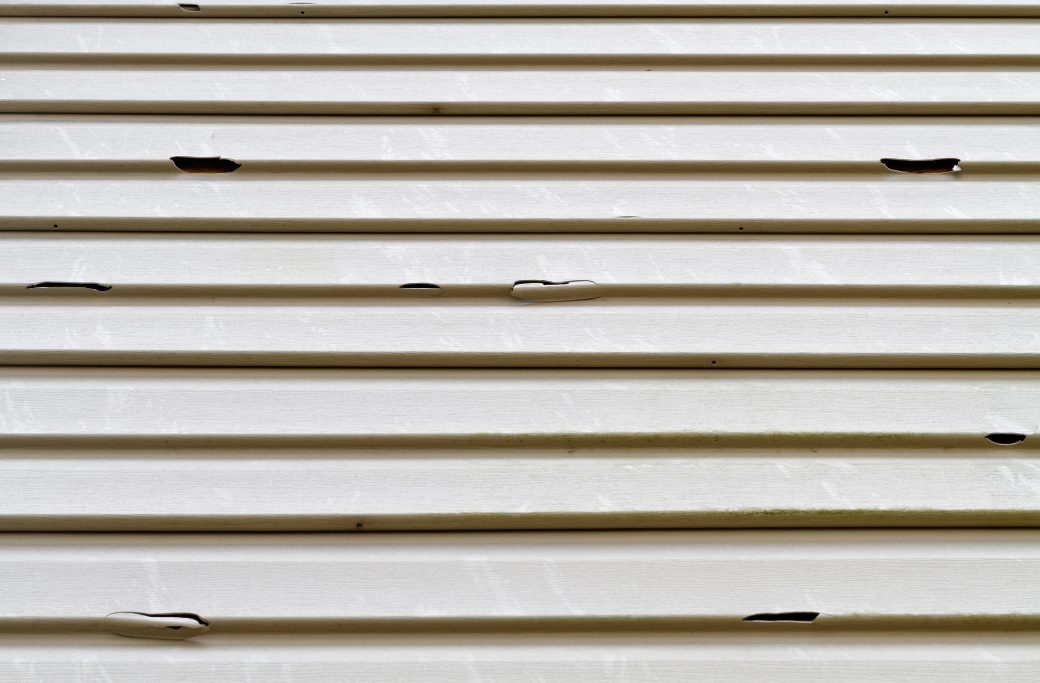When high winds, hail, or heavy rain hit your home, your roofing system isn’t the only thing at risk—your siding takes a direct hit too. While some damage is obvious, storm-related siding issues often go unnoticed until they cause major moisture problems, insulation failure, or structural concerns. Knowing how to recognize the subtle (and not-so-subtle) signs of siding damage after a storm can help you protect your home’s energy efficiency, curb appeal, and long-term value. If you’re unsure about the condition of your home siding, this guide can help you identify the red flags.
Warped or Buckled Panels on Your Siding
After a storm, inspect your siding for warping or buckling. These distortions are often signs of hidden water infiltration. Wind-driven rain can seep behind vinyl or fiber cement siding, causing panels to swell, shift, or loosen from the wall sheathing. Even small shifts can compromise your home’s thermal envelope and lead to further weathering or mould growth.
Cracks and Splits, Especially at Panel Joints
Cracking may seem cosmetic, but it’s frequently a symptom of deeper structural stress, particularly where siding panels connect. Hail and flying debris can create impact points that weaken siding material, especially on older installations. Left unchecked, those cracks provide easy entry for water and pests—both of which are expensive to mitigate later.
Paint Peeling or Discolouration on Your Siding
Blistering or peeling paint may indicate trapped moisture behind your siding. After a storm, water can get past damaged flashing or caulking and linger behind your cladding, slowly degrading the material underneath. Stains or dark streaks on the siding surface can also suggest internal rot or mildew, which are issues that tend to worsen with time.
Missing or Loose Siding Panels on Your Home
High winds often dislodge pieces of siding completely, particularly at corners or along rooflines. If you notice exposed wall sheathing or uneven gaps between panels, that’s a clear sign of storm damage. In some cases, the damage might not be obvious from the ground. Consider a professional inspection for peace of mind.
Increased Energy Bills for your Home
While not always linked directly to siding, a sudden spike in your heating or cooling costs could suggest compromised insulation—possibly due to storm damage that allowed moisture to seep into the insulation layer. Efficient siding plays a critical role in your home’s energy envelope, so damage can translate into real financial costs.
Think Your Siding Might Be Damaged? Get an Expert Opinion from Davidoff Roofing
Storm damage to siding can be deceptively minor in appearance but costly in consequence. If you suspect you’re dealing with visible cracks or suspect hidden water intrusion, contact us today for a thorough assessment of your home’s siding.
